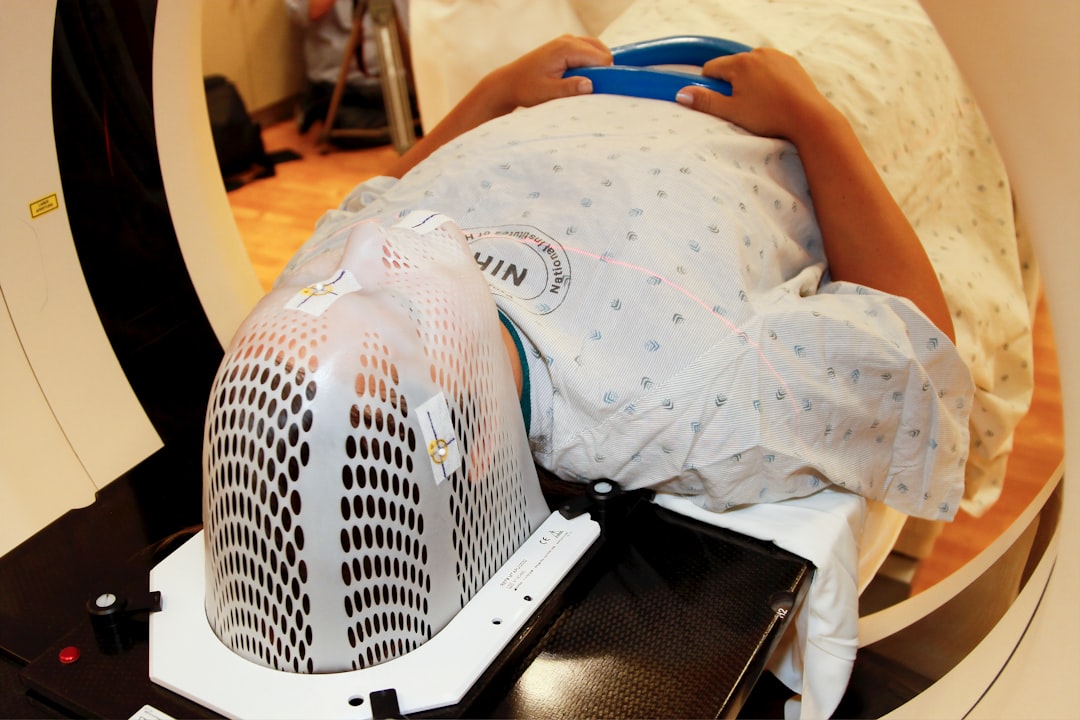Interesting Research on – What You Didn’t Know

Understanding Piano Injuries
Playing the piano is an enriching experience, but it can sometimes lead to injuries due to repetitive strain or incorrect techniques. Common piano injuries include tendinitis, carpal tunnel syndrome, and muscle strain. These issues affect your ability to play and can cause lasting discomfort if not addressed properly. Knowing how to recognize the symptoms early on can make a significant difference in your recovery.
Identifying Symptoms Early
You may notice various signs that indicate a potential injury. Pain or discomfort in your hands, wrists, or forearms can be the first signals. Over time, this discomfort might escalate to stiffness, swelling, or weakness. If these symptoms persist after playing, it’s crucial to take them seriously. Ignoring the signs will likely prolong recovery and could lead to more severe injuries. Listening to your body is key, so pay attention to what it’s telling you.
Steps for Effective Recovery
Once an injury occurs, recovery becomes a priority. Resting your hands and giving them time to heal is essential. Limiting your practice sessions and incorporating breaks can prevent further strain. Consider applying ice to the affected area to reduce swelling, and elevate your hands when resting to promote blood circulation.
Incorporate gentle stretching exercises to maintain flexibility and strength in your hands and wrists. Simple stretches like wrist rotations and finger flexes can help ease tension. However, be cautious not to push your limits. Healing takes time, and overexertion can hinder your progress.
Seeking Professional Help
If symptoms persist despite self-care, consult a medical professional or a physical therapist. These experts can assess your condition and provide tailored rehabilitation exercises. They may suggest techniques to improve your playing posture and hand positioning, which can help prevent future injuries. Additionally, they can offer advice on ergonomic equipment that supports your playing style, ensuring your recovery leads to a more sustainable piano practice.
Modifying Your Practice Routine
Once you begin to feel better, you must adjust your practice routine. Start with shorter sessions focusing on technique and accuracy rather than speed. Incorporate rest breaks to reduce strain on your hands. Gradually reintroduce more challenging pieces, paying attention to how your body responds. Use a metronome to maintain a steady pace and avoid rushing through complicated passages, which can lead to tension and reinjury.
Mental Strategies for Recovery
Recovery isn’t only physical; it’s also mental. Embrace techniques such as visualization and mindfulness to enhance your focus and reduce anxiety during practice. Practicing deep breathing can help you stay calm and balanced, allowing you to enjoy playing even during recovery.
Setting achievable goals can also motivate you through the recovery process. Progress may be slow, but celebrating small victories will keep your spirits high. Whether it’s playing a simple scale or mastering a short piece, each milestone brings you closer to your pre-injury playing level.
Preventing Future Injuries
Once recovery is underway, think about how to prevent future injuries. Pay attention to your posture while sitting at the piano, ensuring your wrists remain straight and your back is supported. Regularly incorporate warm-up exercises before playing, as they prepare your muscles for the activity. Staying in tune with your body’s limits will help you enjoy playing the piano pain-free for years to come.
By understanding piano injury recovery and taking proactive steps, you can return to the joy of playing while safeguarding your well-being. Embrace the journey, and play on!
